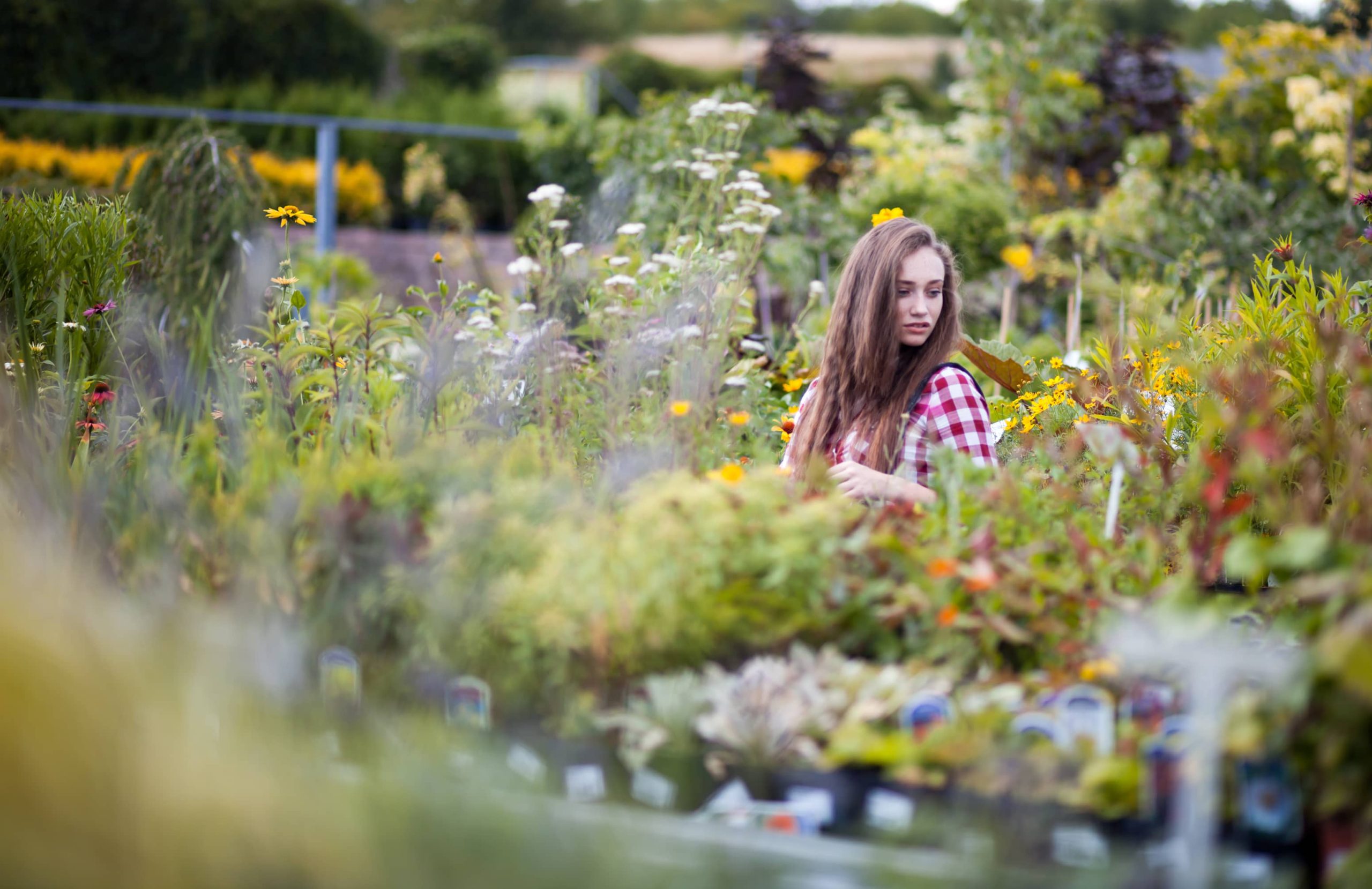
Creating a lush, green lawn is the centerpiece of outdoor gardening and landscaping for many homeowners. A beautiful lawn is not just an aesthetic asset; it’s a place for family gatherings, a playground for children, and a comfort area for pets. If you’re in the process of transforming your outdoor space, deciding between seed and sod for your new lawn is a crucial step. Both methods have their pros and cons, and selecting the right one for your specific needs can make a world of difference. In this blog post, we’ll delve into the considerations that come into play when choosing between seed and sod for establishing a vibrant lawn.
Understanding Your Options
Seed: Planting grass seed involves sowing grass seeds directly onto your soil. This method requires patience and time for germination and growth. It’s a traditional approach that many gardening enthusiasts appreciate for its cost-effectiveness and variety of grass species available.
Sod: Sod is pre-grown grass that is sold in rolls or slabs. The grass—and its root system—is harvested from sod farms and then transplanted onto your prepared soil. This offers an instant lawn, but at a higher upfront cost compared to seeding.
Considerations for Choosing Seed
1. Cost: One of the most significant advantages of choosing seed is its affordability. Seeds are much cheaper than sod, especially for expansive areas. If you’re operating under a strict budget, seeding may be the more viable option.
2. Variety and Flexibility: When you choose seed, you have access to a wide range of grass types, allowing you to select a variety that best suits your climate, soil type, and lawn usage. This flexibility can be crucial for specific needs, such as shade tolerance or drought resistance.
3. Establishment and Growth Time: Seed requires time for germination and growth, often taking several weeks to months to establish a mature lawn. This method demands patience and consistent care, such as regular watering and protection from heavy foot traffic and erosion.
4. Labor and Time: Sowing seeds involves less heavy lifting compared to sod, though it requires ongoing attention and maintenance. You’ll need to prepare the soil properly, spread the seed evenly, and cover it with straw or mulch to protect the seeds and retain moisture.
Considerations for Choosing Sod
1. Instant Gratification: One of the most appealing features of sod is the near-instant transformation it provides. It offers immediate aesthetic appeal and can be installed at any time of the year, weather permitting. This is ideal if you’re hosting an event or simply want quick results.
2. Erosion Control: Sod offers better erosion control compared to seed, as the dense mat of grass and roots prevents soil from washing away. This makes it a preferred option for areas prone to erosion or on slopes.
3. Initial Care and Maintenance: While sod requires consistent watering to help establish its roots in the new location, it doesn’t require as intensive long-term care as seeding. With proper installation and aftercare, sod can establish relatively quickly compared to waiting for seeds to grow.
4. Cost and Labor: Sod is more expensive than seed, both in terms of materials and potentially labor if you hire professionals for installation. The process of laying sod can be labor-intensive, requiring specialized knowledge and techniques to ensure a healthy lawn.
Climate and Timing
The climate and the time of year play essential roles in deciding between seed and sod. While sod can be installed almost anytime when the ground isn’t frozen, certain grass seeds must be planted during favorable growth periods, typically in the fall or spring, depending on the grass variety and your region’s climate.
Soil Preparation
Regardless of whether you choose seed or sod, proper soil preparation is vital for the success of your lawn. This includes removing weeds, rocks, and debris, testing soil pH, amending with the necessary nutrients, and ensuring good drainage. Both methods require a level, smooth surface for optimal root attachment and growth.
Environmental Impact
Seeding is often viewed as more environmentally friendly since it involves less transportation and minimal chemical treatments that sod might require on farms. Native grass seeds can harmonize well with local ecosystems. However, professional sod farms increasingly utilize sustainable practices to minimize environmental impact.
Making the Decision
Ultimately, the decision between seed and sod will depend on your budget, timeline, and long-term landscape goals. If you want a quick-fix lawn with instant results, sod might be the answer. However, if budget constraints and the desire for a customizable and eco-friendly approach guide you, seeding could be the path to an enchanting yard.
Both seed and sod have the potential to provide a beautiful, thriving lawn. Take the time to assess your situation, consider the pros and cons, and choose the method that aligns best with your needs and expectations. A little planning and preparation will set the stage for a green, inviting carpet that enhances the charm of your outdoor space.
—
As an outdoor gardening and landscaping enthusiast, this article offers comprehensive insights into the choices between seed and sod, emphasizing key considerations for your blog audience. If you’d like further information or another topic covered, just let me know!













